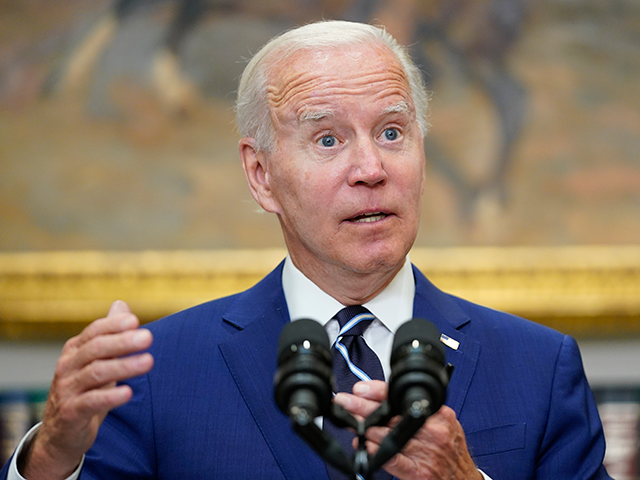THERE IS NO GREATER DANGER TO AMERICA THAN
THE LAWYER INFESTED DEMOCRAT PARTY!
|
|
| Visit Website |
|
Majority of Americans Say They Are Worse Off Today Than a Year Ago

More than half of Americans say they are financially worse off than they were a year ago, a survey released Monday by the Federal Reserve Bank of New York showed.
The New York Fed’s Survey of Consumer Expectations found that 36.1 percent of respondents said they were financially somewhat worse off than a year ago, up from 32.8 in May and 19.9 percent a year ago. Another 15.2 percent said they are much worse off than a year ago, u from 13 percent in May and 3.9 percent a year ago.
In total, 51.3 percent say they are worse off. That’s the first time in the history of the survey, which goes back to 2014, that a majority have said they are worse off.
Households have also become gloomier about the future. The share of people who say they expect to be much worse off financially a year from now rose to 13.6 percent, up from 10.8 percent in May and 4.6 percent a year ago. The share who expect to be somewhat worse off rose to 31.1 percent from 28.6 percent in May and 16.3 percent a year ago.
The survey also found that year ahead inflation expectations increased while expectations for the longer term decreased. Median one-year-ahead inflation expectations had consumers forecasting 6.8 percent price increases, up from 6.6 percent in May. That marks a new series high. The increase in short-term expectations was driven by respondents over age 60 and respondents with at least some college education, according to the New York Fed.
In contrast, median three-year ahead inflation expectations decreased to 3.6 percent from 3.9 percent. The decline in medium-term expectations was broad-based across education and income groups.
Median five-year ahead inflation expectations had been stable at three percent during the first three months of the year but have recently trended down slightly. In June, the five year expected inflation fell to 2.8 percent from 2.9 percent.
The median expected change in home prices one year from now fell sharply to 4.4 percent from 5.8 percent. This is the lowest reading of the survey since February 2021. The New York said the decline was broad-based across age, education, and income groups. The decline was largest in the West census region. This was the second-largest decline recorded in the survey.
The mean probability that the U.S. unemployment rate will be higher one year from now increased by 1.8 percentage points to 40.4 percent, its highest level since April 2020. The increase was driven by respondents with annual household incomes over $50,000, the New York Fed said.
The mean perceived probability of losing one’s job in the next 12 months inched up to 11.9 percent from 11.1 percent, but remains well below its pre-pandemic reading of 13.8 percent in February 2020. The mean probability of leaving quitting in the next 12 months declined to 18.6 percent, from 20.3percent in May. In February 2020, the mean probability of quitting stood at 22.2 percent.
No comments:
Post a Comment